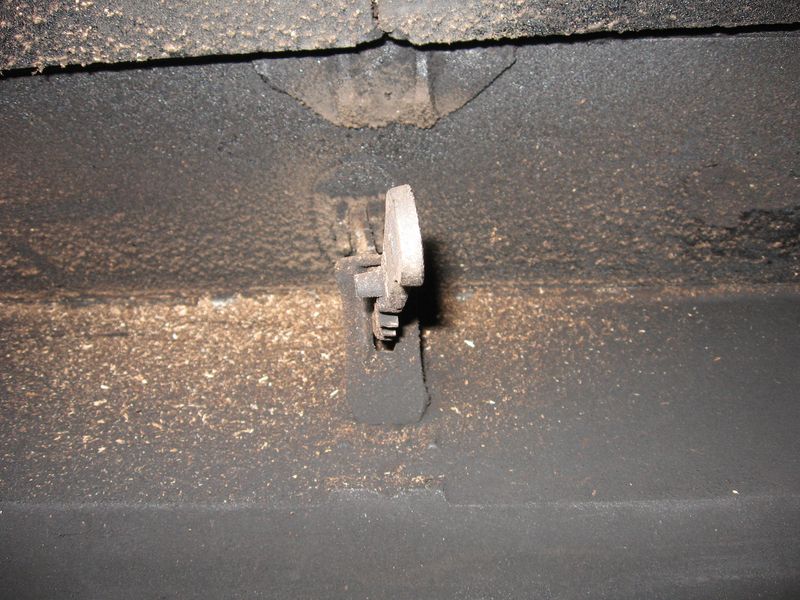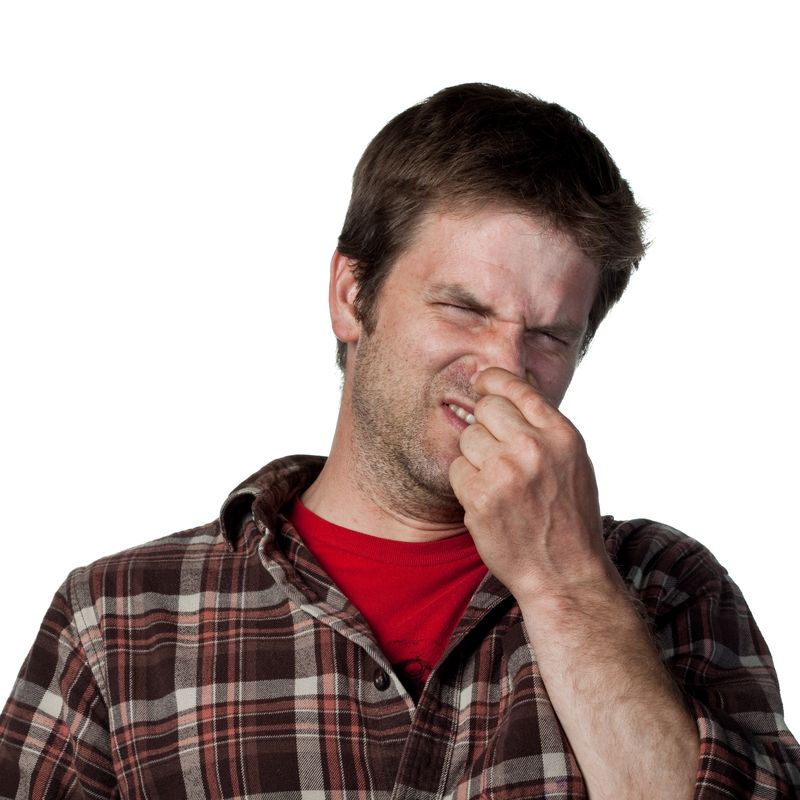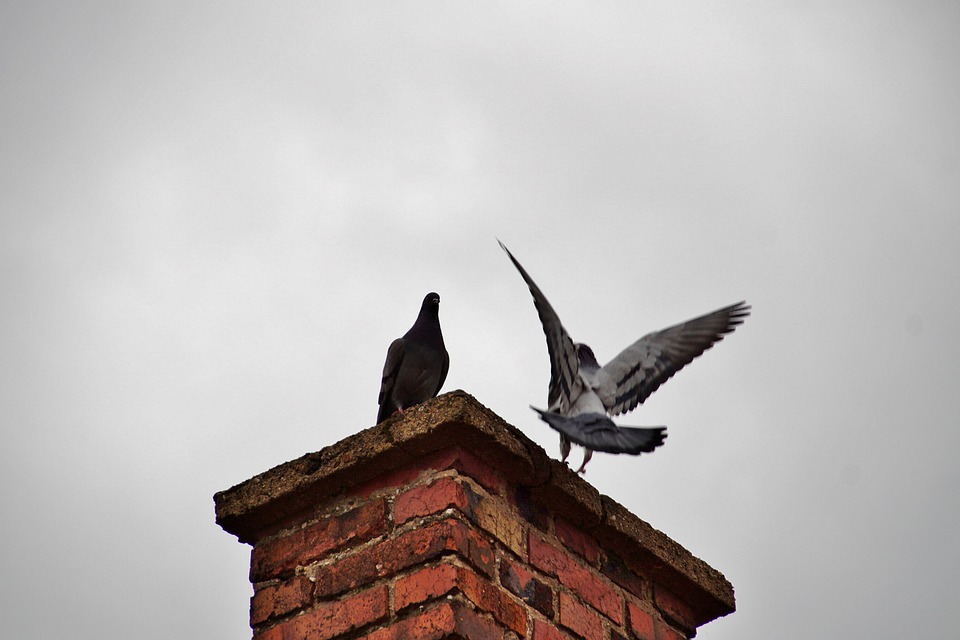
by blogediter | Aug 9, 2017 | Chimney Problems
Why do Dampers Leak Cold Air Even When They Are Closed?
Fireplace dampers are a 300+ year old invention. They are not much different today than they were 300 years ago. Here are 6 reasons dampers leak cold air:
- Dampers and their frames are made of cast iron or sheet metal, so even a brand new damper that has never been used is leaky. The metal on metal contact points do not close perfectly, and you cannot have weather stripping on a damper door or it will burn off when you use the fireplace.
- Dampers are heated unevenly with an open flame on a regular basis. This is a recipe for metal warping.
- Dampers conduct heat and cold because of their solid metal construction. There is no insulation or R-value to a damper door.
- Dampers get coated with creosote and soot. This coating tends to build up and cause a crust that further foils the metal on metal contact points. This crust can be removed with some scrubbing, but even chimney sweeps rarely spend time cleaning the damper itself. They just scrub the flue and smoke chamber.
- The hinges on a damper are crude mechanical devices usually consisting of two interlocking fingers or just a pivot point. They are not continuous like a piano hinge. If you push on the hinge side of a damper door, you will see there is not much holding it together.
- If you have a vented gas log that was professionally installed, the damper was blocked open or removed. According to code, when a gas log is installed the damper must be locked in a fully open position. This causes an enormous amount of heat loss.
As you can see, dampers are poorly designed to serve as a dam to hold back your interior heated air and to keep cold outside air from seeping in. Using a product like a Flueblocker, a Chimella or a Chimney Balloon in your dormant fireplace can go a long way to stop heat loss, make your home less drafty, and save money on heating and A/C bills.

by Jason Raddenbach | Aug 4, 2017 | Chimney Problems
Q: In the Spring and Summer my fireplace sits unused and unloved. When it gets warm outside, and especially when it is raining, my fireplace smells like smoldering sweat socks! When I have visitors over the smell is embarrassing. I have tried every air freshener ever made, and it doesn’t help. How can I stop the stinky fireplace smell? – JO
A: Dear JO,
This is a very common problem. Before you invest in a 55 gallon drum of Febreeze, lets talk over what is causing it. In the spring and summer we close up our houses and start using the air conditioning. This gives your house limited access to outside air. When you turn on your bathroom fan or clothes dryer you start taking your inside air and you chuck it outside. This makes your home search for the path of least resistance to suck in air. Often that is through your loose and leaky fireplace damper.
Heat and humidity make ash and creosote acrid and stinky. Creosote is acidic and it releases a gas when it gets wet. So you have this stinky dirty snorkel tube (also known as a chimney) that you house is using to suck through, yuck!
Now that we know why the fireplace stinks, lets talk about steps to stop it:
- We have 3 types of chimney draft excluder plugs that work well to stop odors. The Chimney Balloon usually installs in the smoke shelf, The Flueblocker installs below the damper, and the Chimella installs in the upper smoke chamber or flue tile. Here is a link to an article that shows a diagram of where each product installs at.
- Once you have one of these products installed, you will shut off the flow of intake air through the chimney, and your house will be forced to find another location to draw air from.
- If it has been more than a year since your last chimney cleaning, you may want to have it looked at by a CSIA certified Chimney Sweep. But be forewarned, that a scrubbing and cleaning will often make the chimney odor stronger just after cleaning. So make sure you get your chimney plug right back in after the chimney sweep has done his thing. *
* Some Chimney Sweeps put a hard sell on you to put a top seal damper on your flue. They run anywhere from $650 to over $1000 installed. We have another blog post about top seal dampers.

by Jason Raddenbach | Aug 10, 2010 | Chimney Problems
[vc_row css_animation=”” row_type=”row” use_row_as_full_screen_section=”no” type=”full_width” angled_section=”no” text_align=”left” background_image_as_pattern=”without_pattern”][vc_column][vc_row_inner row_type=”row” type=”full_width” text_align=”left” css_animation=””][vc_column_inner width=”1/4″][vc_single_image image=”1897″ img_size=”full” alignment=”center” onclick=”link_image” qode_css_animation=””][vc_column_text el_class=”.caption” css=”.vc_custom_1504030170436{padding-top: 10px !important;padding-bottom: 30px !important;}”]Birds love to congregate on chimney tops.[/vc_column_text][/vc_column_inner][vc_column_inner width=”3/4″][vc_column_text el_class=”.underlinelink , .blackh3″]Q: Is there a way to stop noises from coming down the chimney? Throughout the year we get a lot of pigeons who like to sit on the chimney and make a ruckus. Thanks much- EJ
A: Noisy pigeons and Chimney Swifts can be really annoying. Unfortunately, birds like the acoustics of chimneys and the warm air that emits from them. So they tend to host a variety show right there on the top of your chimney.
Of the products we offer the Chimney Balloon and the Flueblocker both do a very nice job acting as a sound barrier to keep that noise out. Since the Chimney Balloon is filled with air, it does a nice job bouncing and absorbing sound waves. Likewise, the wool pad of the Flueblocker absorbs sound waves.
However, Since you are dealing with birds, I need to mention something else. If you don’t have a cap on the chimney top with a screen on it, you will want to consider that. Those birds also tend to use the chimney crown as a “Pigeon Potty”, and you don’t want that kind of bacteria deposit in your chimney. – Jason[/vc_column_text][/vc_column_inner][/vc_row_inner][vc_empty_space][/vc_column][/vc_row]


